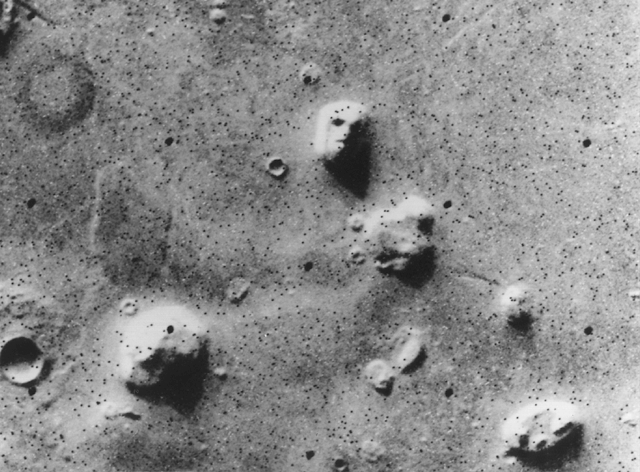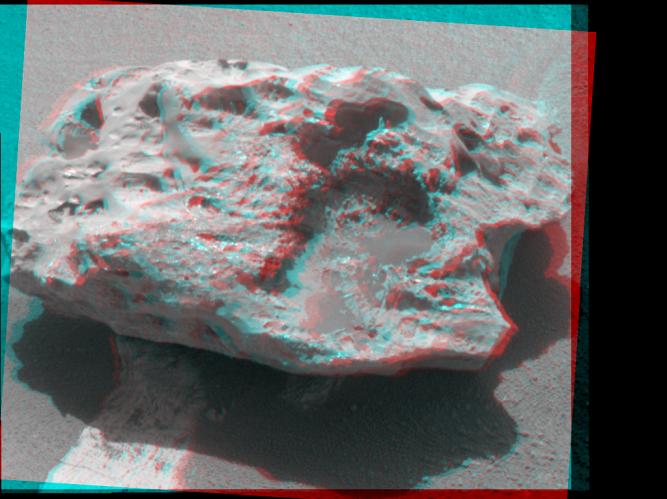The night sky is a beautiful thing. I don't think I will ever get tired of seeing the Milky Way, or a meteor flash across the sky. Even the simple twinkle of a star. Yes, we live in an amazing universe. I think so many undervalue the beauty of nature, because they haven't been shown its complexity. Science is a method of describing reality. The reality of the universe, our universe, is one of unimaginable wonder and splendor.
I think that by destroying the quality of science education, we create the perfect storm for those who promote pseudoscience. We all want to think of our universe as a incredible place to live. I think that this is part of being human. If we starve a generation of the wonders of science, they will try to find it elsewhere. As much as the ideas of pseudoscientists may resonate within a person, it is the products of science that resonate with the world.
Science may not always give us the answer we want, but the answers we get are often stranger and more intricate then anyone would have ever guessed. We have never found evidence of Thor, but we have found black holes. Psychics have yet to show that they can see into the future, but scientists see billions of years into the past. We may not have found Bigfoot, but what of the dinosaurs that would make even a Yeti tremble? We have found particles that break all our common knowledge, and galaxies that break our sense of scale. No, the answers that science gives us are not always in line with what we want. The answers are rarely simple, and maybe not as comforting as we may like. Still, it is science in which I trust.
I write this now on the keyboard of my computer. As I do so, I draw electricity from my battery. That electricity was produced far from where I sit now, yet I am able to use it. You are able to read my words, because I have broadcast them through the air in a form of light invisible to my eyes. From there, the signal took advantage of cables, a work of art in and of themselves. I am sure before it ever reached you, it has been converted back and forth many times. It has done so while maintaining the quality necessary for you to be able to see these words in front of you. This is what science has done for us.
If somehow this does not impress you, think of this. If we were to live at almost any other point in history, we would not be able to come even close to feeding 6 billion people. Science makes this possible. Until very recently, people lived to a average age of 40. Now many of us expect to live to 80 or beyond. Science has changed the world in a way that I find unrivaled by any other human endeavor.
Today, I have watched the skies, but I have done so with friends. I have climbed mountains and looked out over amazing vistas. I have seen wonder in not only the eyes of a child, but in the eyes of high schoolers. I have met people whose lives I can only imagine. I have talked to the disabled, the elderly, and every other group I can think of. Regardless of who they were, or what they had done, there was something that they all shared. The curiosity and amazement I could see in them as they held a simple meteorite. It is amazing what a little rock from space can do.
This is why I explore the world. This is why I use science. The songwriter and comedian Tim Minchin said something in one of this poems that I think really sums up things very nicely. “Life is full of mysteries, yeah
, but there are answers out there
and they won’t be found
by people sitting around
looking serious
and saying 'Isn’t life mysterious?' ”
 In actuality, of course, you are seeing a boat. The tentacles or fins are really just wakes. In fact if you look at pretty much any popular lake in the world with Google Earth you can find similar images. The one below is from lake Powell. You can see how every boat has a slightly different wake pattern. The is a great example of pareidolia at work.
In actuality, of course, you are seeing a boat. The tentacles or fins are really just wakes. In fact if you look at pretty much any popular lake in the world with Google Earth you can find similar images. The one below is from lake Powell. You can see how every boat has a slightly different wake pattern. The is a great example of pareidolia at work.










 The boundary between two plates is a fault zone, and it is in these zones that earthquakes typically occur. There is a huge amount of friction that builds up on these fault lines, as the plates move against each other. The tension has to be released at some point, causing an earthquake (see image to right). To see what this is like, try this little experiment. Press your hands together tightly. Now, try to slide one forward. It is difficult to move, at first. At some point, though, your hand shoots out, as the pressure created by your arm is greater than the friction between your hands. This is exactly what happens on a fault line.
The boundary between two plates is a fault zone, and it is in these zones that earthquakes typically occur. There is a huge amount of friction that builds up on these fault lines, as the plates move against each other. The tension has to be released at some point, causing an earthquake (see image to right). To see what this is like, try this little experiment. Press your hands together tightly. Now, try to slide one forward. It is difficult to move, at first. At some point, though, your hand shoots out, as the pressure created by your arm is greater than the friction between your hands. This is exactly what happens on a fault line.



















